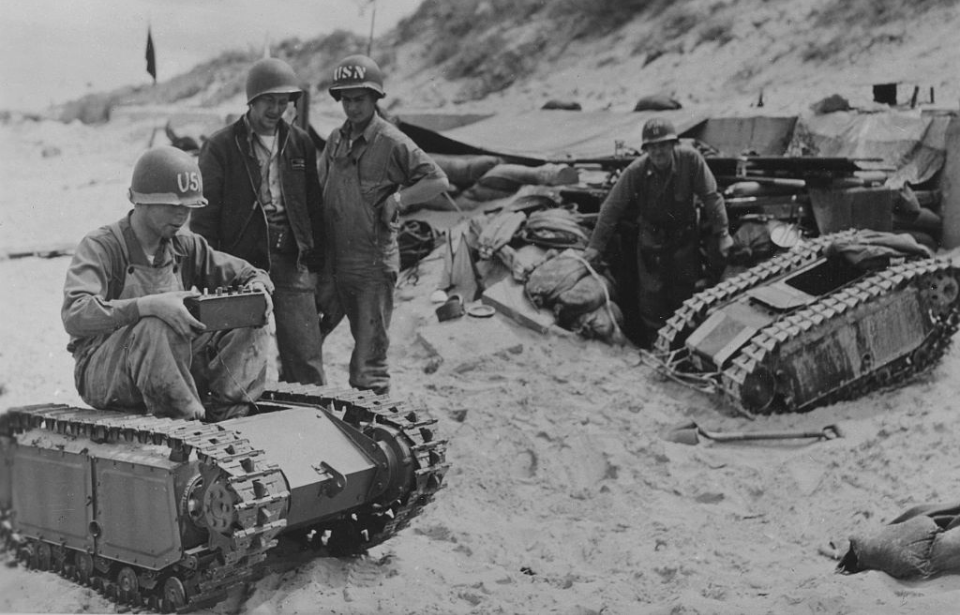It’s common today for bombings to be done via drone. This is an effective strategy for a number of reasons. The aerial vehicles don’t need to be piloted, therefore keeping soldiers out of harm’s way. They are also much smaller than typical aircraft, making them harder to detect. Most of all, drone bombers cost a fraction of what a jet does, meaning it isn’t that big a deal if one gets destroyed when completing a mission.
The idea of using small, unmanned devices to create large explosions is nothing new. In fact, it was pioneered by the Germans during the Second World War. Here’s the background on the Goliath tracked mine.
The German Army had tank superiority
Tanks were essential during both World War I and II, and no army had better ones than the Germans. The Americans and French were focused on coming up with technology that could combat these beasts of war, with Elmer Wickersham and Adolphe Kégresse working on designs for remote-controlled mines that could slip under tanks.
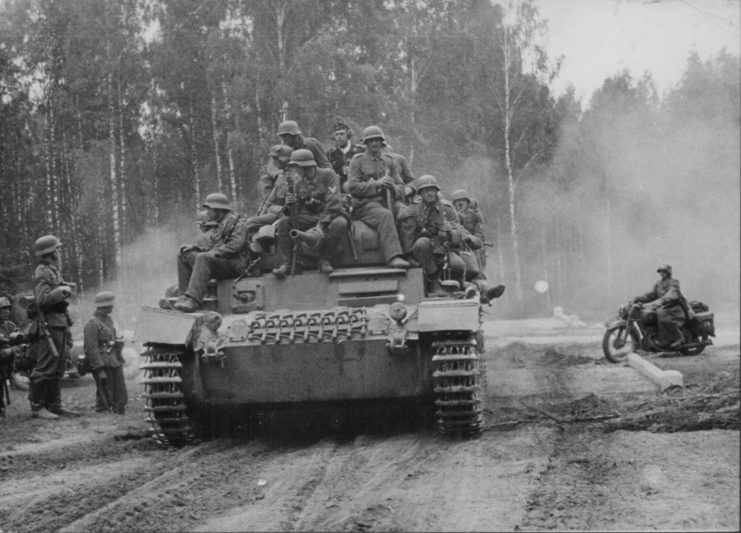
The WWI-era French land torpedos Crocodile Schneider and Aubriot-Gabet weren’t necessarily used for destroying tanks. It was decided the best use for them would be to run them across No Man’s Land and into enemy trenches, at which time they would set off their charges. While there was hope the two models could be used to destroy tanks, they were generally ineffective in that area.
The US Wickersham Land Torpedo was patented in 1917, but only a prototype was built.
The Germans get their hands on the plans
Germany invaded France in 1940, and officials got their hands on Kégresse’s prototype. The decision was made to reverse engineer the design, so the mobile mines could be remotely placed under tanks, rather than made to run into trenches. The mines would also need the ability to carry at least 50 kg of explosives.

The mini mines were capable of carrying 60 kg – or 132 pounds – of explosives, had 5 mm-thick armor and were controlled by a joystick. A 650-meter cable ran from the joystick to the rear of the device. Initially, the mines were controlled with an electric engine, but over time these were replaced with more efficient and reliable petrol engines.
The Goliath tracked mine enters World War II
The German Army tasked the Borgward Automotive Company with producing the mines. Soon, the Leichter Ladungsträger Goliath – better known simply as the “Goliath” – was on the battlefield. Notably, it was designed to be a single-use weapon that would explode whenever used.
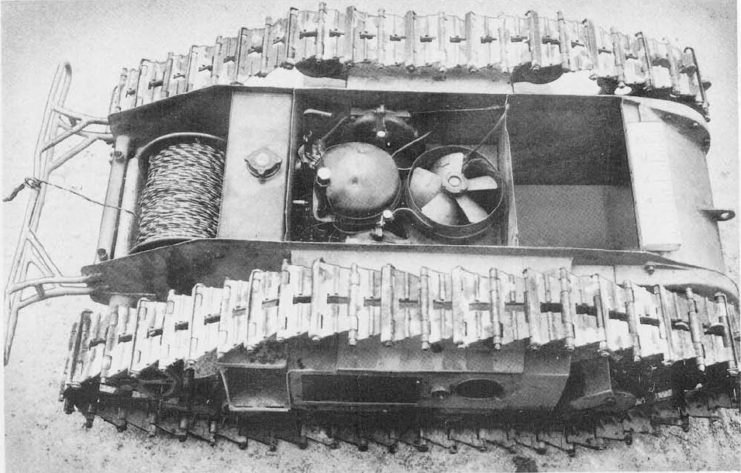
The Germans produced a number of Goliath tracked mines, manufacturing a total of 7,564. They were meant to go everywhere German tanks went. This included Italy, during the Warsaw Uprising and on the beaches of Normandy – although, most had their cables cut, rendering them inoperable.
The mines saw a bit more success in the Maritime Alps in 1944.
Goliath tracked mines weren’t all that effective
Despite the money and manpower put behind the development of the Goliath tracked mine, the device wasn’t all that successful on the battlefield. The units were slow, with a maximum speed of around six MPH, and could easily be detected by opposing forces. As well, when spotted, they could be taken out with gunfire. The need for the cord connecting them and the joysticks were also a problem, as it severely hindered how far the mines could travel.
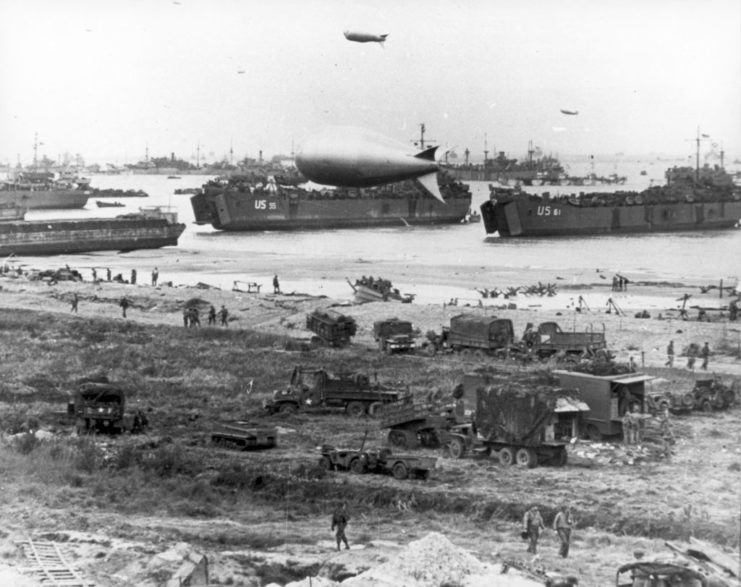
The Goliaths were also quite large. In some ways, this was good, as once they reached their target, the explosion was substantial. It also meant, however, that they were very difficult to transport. The Allies were able to capture a number of Goliaths in battle, but, in the end, they didn’t feel they offered much, other than for use as aircraft tugs.
The thinking behind the Goliath tracked mine lives on
While the Goliath tracked mine was not particularly effective on the battlefield, the thought process behind the device inspired many other weapons. As aforementioned, there are drones that can fly into enemy airspace and deploy bombs.
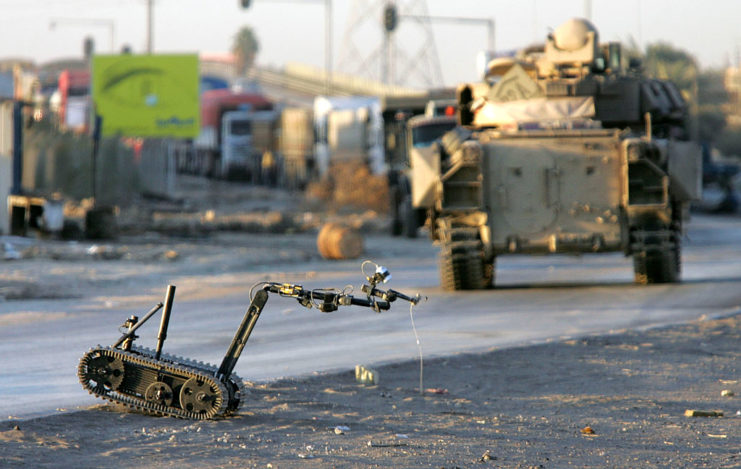
New! Want to become a trivia master? Sign up for our War History Fact of the Day newsletter!
More from us: M142 HIMARS: The Artillery System Capable of Providing Combat Support in All Conditions
Bomb disposal robots have also been around for a number of years, allowing armies to detonate and dispose of explosives in a manner that keeps troops safe. Recently, the US Air Force announced an $85 million deal with L3Harris Technologies to build 170 cutting-edge T7 bomb disposal robots.
